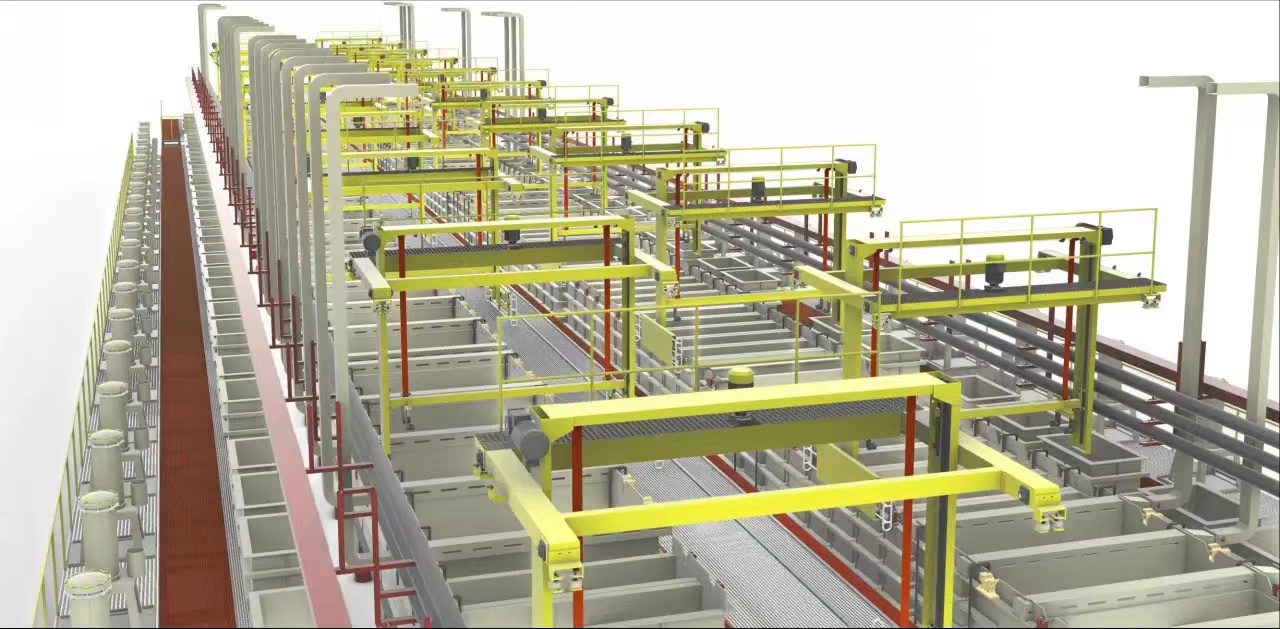

01 Foreword
Nickel plating is an important surface finishing process, and its importance in industrial manufacturing can be inferred from the amount of nickel and nickel salts consumed during electroplating each year. Its versatility is evident from its many applications. The application of nickel plating in our hospital mainly focuses on three aspects: decorative nickel plating, functional nickel plating, and electroforming to produce special parts processing. At present, the most widely used nickel plating process is decorative nickel plating, which uses bright nickel plating or chrome plating after bright nickel plating to improve the appearance and protective performance of products. As is well known, the bright nickel plating electrolyte is composed of simple salt substances. Due to the absence of complex coordination compounds in the electrolyte, the activity of the electrolyte is relatively high, and the control of the process is more difficult than that of electrolytes containing coordination compounds; The tolerance of impurity ions in the electrolyte is much more sensitive than that of electrolytes containing coordination compounds. In order to obtain a bright nickel coating with good performance and high decorative properties, it is necessary to control the process and adopt necessary process methods to strengthen the purification of the tank solution.

02 Process Control
The composition of the electroplating solution is one of the most important factors affecting the quality of bright nickel plating. A high-performance electroplating solution can obtain satisfactory and compliant coatings. To maintain good performance of the plating solution during long-term use, it is necessary to control the process. Usually, the various components and process conditions of the newly prepared solution are within the process range, and there is a satisfactory ratio. However, during the electroplating process, the characteristics of the process itself and some human factors will cause changes in the composition of the bath solution and process conditions, thereby affecting the electroplating quality. For bright nickel plating solution, when preparing the bath solution, it is necessary to control the purity of various components, and the mass concentration of the configured components must be within the process range. The pH value must be adjusted, and the bath solution must also be purified before use; During use, the composition and pH value of the tank liquid must be controlled within the specified process range. Necessary process methods must be taken to prevent metal, organic, and gas impurities and ions from entering and contaminating the tank liquid. This is the key to ensuring good processing quality.
1. Control of plating solution composition: The main components of a conventional bright nickel plating solution are nickel sulfate, nickel chloride, boric acid, and organic additives. To ensure processing quality, we should control the mass concentration of these components. Regularly adjust the basic components of the nickel plating solution, such as the mass concentration of nickel, chloride, boric acid, and all additives. During the production process, the quality concentration of nickel is controlled between 60-80g/L. In order to ensure that the mass concentration of metal ions is within the process range, it is necessary to control the dissolution of the anode and the area ratio of the anode and cathode. Usually, in order to improve the dissolution state of the anode and promote its normal dissolution, the method of adding nickel chloride to the nickel plating solution is adopted. The mass concentration of nickel chloride is 45-55g/L. Boric acid is a commonly used buffering agent in nickel plating solutions, which can effectively control the pH value of the cathode film within the optimal electroplating performance requirements. The mass concentration of boric acid is 30-40g/L. The quality concentration of organic additives must be controlled within the range specified by the process supplier. Due to the effects of plating removal,